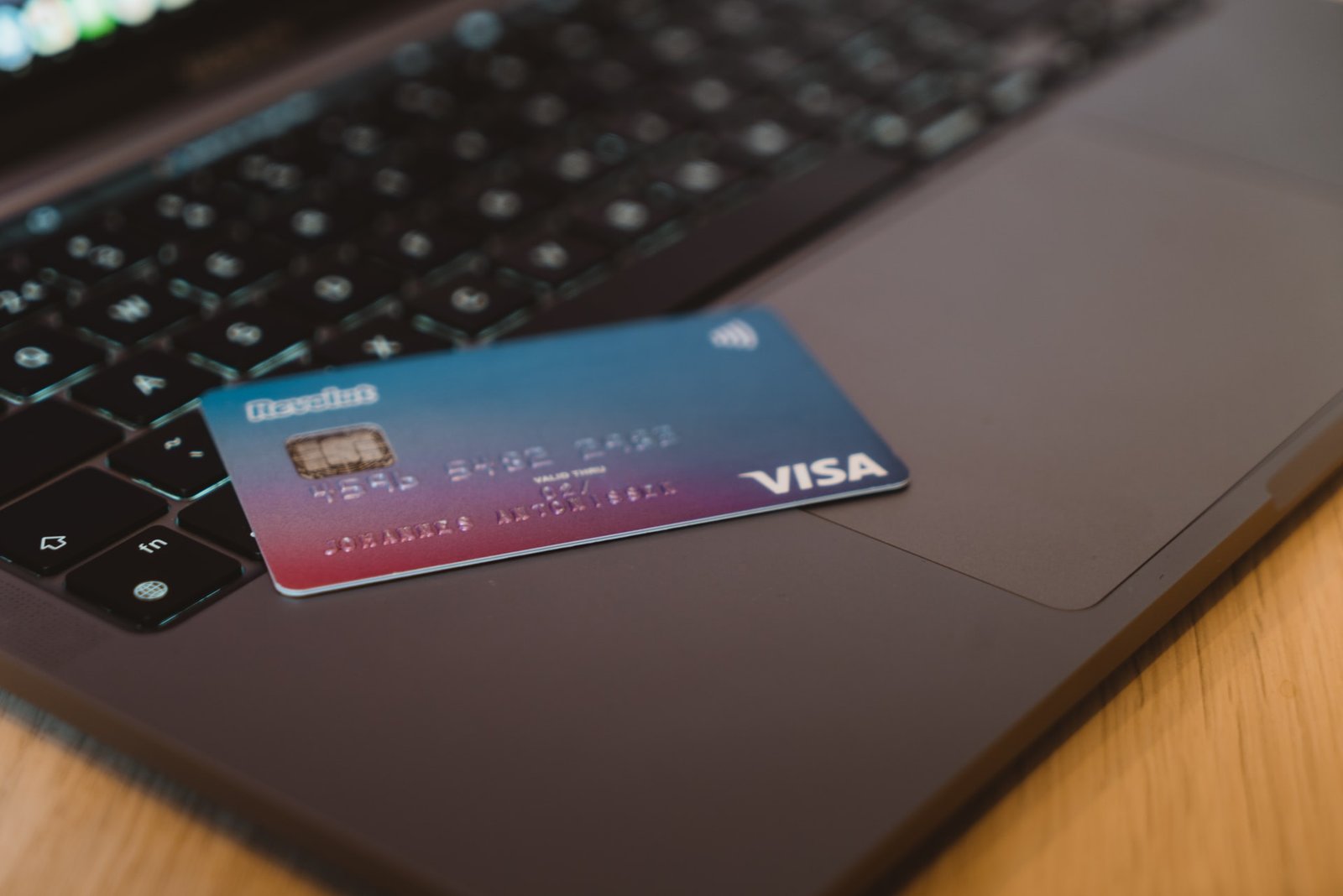4 min read
Guest Post by Orlando Rodríguez
Credit cards are a great financial tool. They can help you manage cash flow in your personal budget and make it easier to engage in activities such as renting a vehicle. But plastic in your wallet can also be a doorway to increased debt. If money is tight and your credit card balances are higher than you might like, you may wonder how you can make credit card payments and get ahead.
How Long Will It Take To Pay Off Your Credit Card Debt?
Understanding where you stand is the first step to managing your credit cards. Start by gathering your latest statements or logging into accounts online. Write down the total you owe on every credit card, and at what interest rate, so you can better understand how much you owe.
You can use a credit card payoff calculator to figure out how long it might take you to pay off your debt based on how much you can afford to pay every month. The figures can be surprising. For example, if you owe $1,000 at 18% interest and only pay $25 per month, it can take you more than 5 years to pay off the debt!
Adding just $5 to that monthly payment takes the total time to pay off the debt down to under 4 years. If you can afford to pay $35 per month—just $10 extra—you cut another year off the time it takes to pay the debt off.
5 Ways To Make Credit Card Payments When Money Is Tight
Adding just a little more to your credit card payments every month can make a big difference. But how do you pay off debt faster—or at all—if money’s tight? Check out these five tips to help you make credit card payments.
1. Stop Using Your Cards, But Don’t Close the Accounts
First, keep the amount you owe as low as possible. The higher your credit card balance, the more you have to pay in minimum payments every month. Stop using your cards to keep the minimum payment as low as possible. That lets you add a little money each month and ensure it goes toward paying the debt off faster and not toward new debt you racked up.
Keep your credit card accounts open, though. Open paid card accounts are better for your credit—as long as you’re not running up the balances. They help decrease your credit utilization and increase your credit age. Both of those things are good for your credit score.
2. Try To Negotiate a Lower Interest Rate
Your credit card APR is a big factor in how much your debt costs. Remember that example of the $1,000 at 18% interest? It takes 5 years and 2 months to pay off the balance and costs $1,539 total when you make monthly payments of $25.
In the same scenario with 13% interest, it only takes 4 years and 5 months to pay off the debt. The total amount paid would be $1,318.
Talk to your credit card provider to see if you can get a lower interest rate so the money you can allocate to credit card payments goes further. This may be possible if you have better credit than when you first opened the account or are a longtime account holder in good standing. That means you always or almost always paid your bills on time.
3. Set Up Automatic Payments
When money’s tight, it can be hard to prioritize a credit card payment every month. If you need to pay $50, for example, it’s easy to decide to splurge on a dinner out or cover a necessary expense before you pay the credit card bill. You may think you’ll get around to paying it next week, but what if something comes up then too?
Avoid this issue by setting up automatic payments. When you know the money is coming out, you’re less likely to use it for something else.
4. Get a Balance Transfer Card
If you’re struggling to pay down credit card debt due to high interest rates, consider applying for a balance transfer credit card. Balance transfer credit cards are those that offer an introductory period with a low APR for balances you transfer from another credit card. That introductory period can help you get ahead on your debt faster without paying more.
For example, imagine you have a credit card with a balance of $3,000 at 21% APR. You can afford to pay $150 a month on it. It would take you 25 months and $3,725 to pay off the balance.
If, however, you transferred the $3,000 balance to a balance transfer card with a 24-month introductory period at 0% APR, the end result is different. You can pay $150 for 20 months, paying off the balance faster and for only $3,000.
It’s important, however, that you don’t transfer money to another card and then run up the balance again on the card you already had. Then you have double the debt and may not have enough money in the budget to cover your monthly payments.
5. Increase Your Income
Finally, if you’re finding it hard to make credit card payments every month, you may need to increase your income. Getting a higher-paying job is obviously one way to do that. But you can also sell items you own on online markets or enter the gig economy. From making deliveries for DoorDash to answering surveys online, there are plenty of ways to earn a bit of money every month to help you make more than your minimum credit card payments.
The Right Credit Card Makes a Difference
The right credit card makes a huge difference in meeting your financial goals or managing debt. For example, if you’re a light spender, you likely don’t want a credit card with tons of rewards and a huge annual fee to match. If you’re not spending enough to get the rewards to offset the fee, then you’re just paying a fee.
If you’re on a budget, you might prefer a card that has flexible payment options and statement dates. And if you’re starting to build or rebuild credit, you want to work with a card company that reports your timely payments to all three credit bureaus.
There are hundreds of credit cards on the market. Taking a little time to find the options that work best for you can make it easier to make credit card payments in the long run.
Guest Post Author
Orlando Rodríguez is a writer and content specialist for the credit.com team dedicated to creating helpful, informative and eye-catching content. He completed his undergraduate work at the University of Utah focusing on Film and Media Arts. He’s written blogs and journalistic content for many different industries, and narrowed down his niche to the financial industry. In his off time, Orlando puts effort into crafting creative content around the arts.

